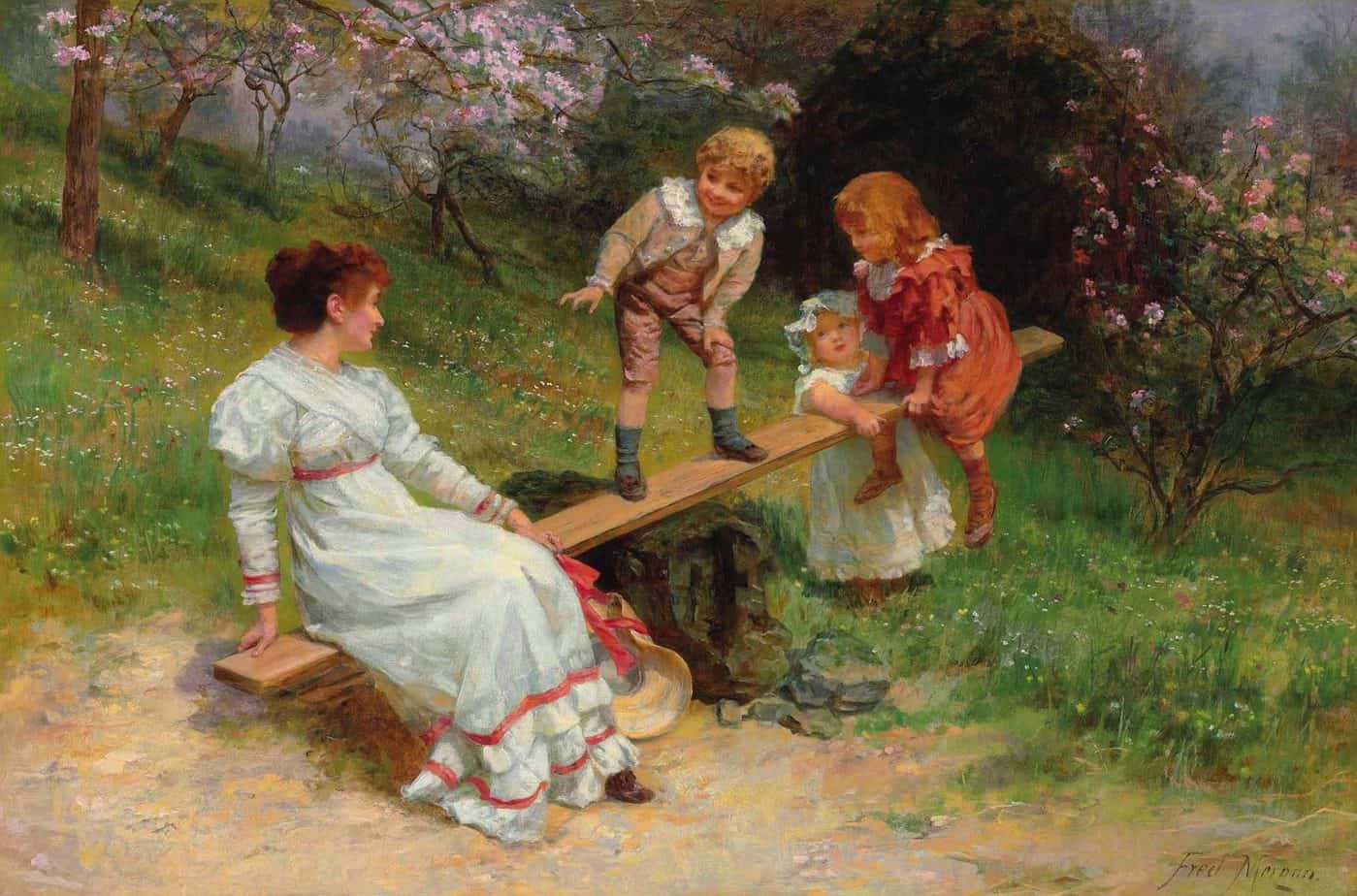“See Saw” is a short story by Katherine Mansfield, published 1919.
Before Katherine Mansfield (and similar writers e.g. Chekhov) came along, stories were all about storytelling. The whole point of telling a story: To immerse the reader in a fascinating event, to paint a picture of setting and character, and possibly to teach readers a life lesson without forcing them to make the same mistakes.
Mansfield was all about form. For some of Mansfield’s stories, the shape of the story is so important that without that close relationship between form and ‘events’, the story doesn’t work. There would be no point to its existence.
“See Saw” is possibly the standout example of a lyrical short story whose ‘events’ are wholly dependent on form.
The movement of a playground see saw shapes the story. The see saw motif as well as the saw-saw shape of the story mirror a human life, and the way age counterbalances youth.
“The Voyage” and “Sun and Moon” are examples of further Mansfield short stories which juxtapose children and adults. As well as childhood and old age, “See Saw” also juxtaposes flawed humans against the beauty of nature. Everything is a counterbalance. Everything is a juxtaposition. Hence the importance of form.
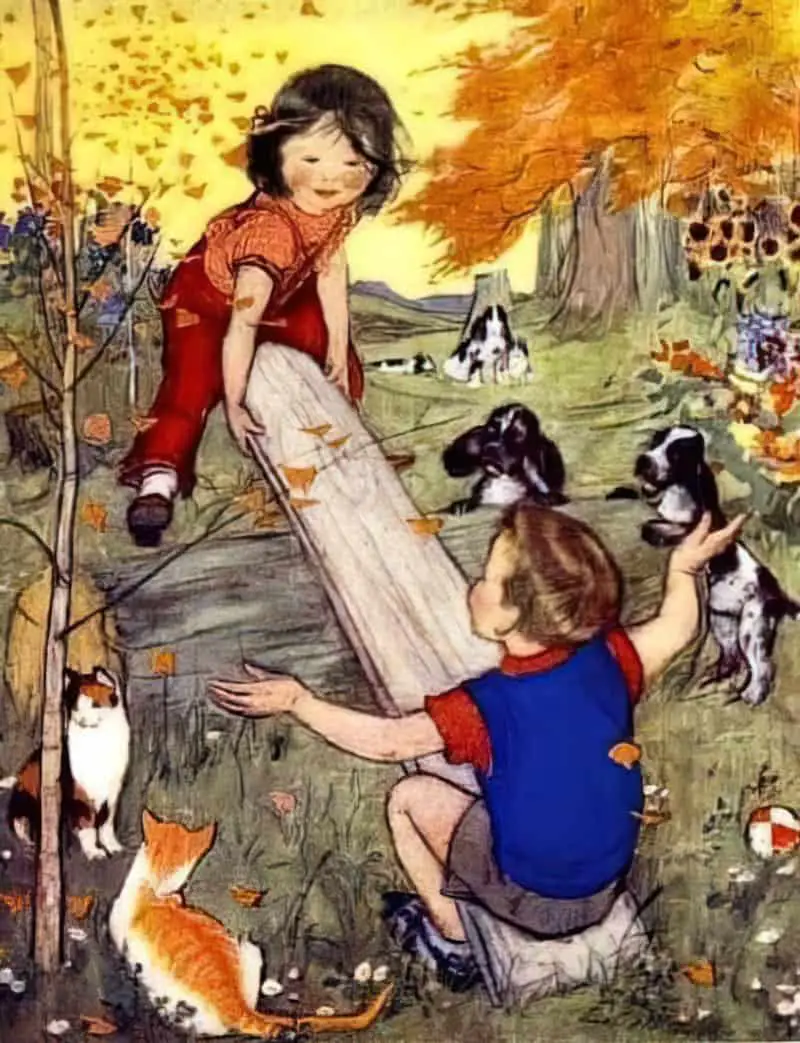
SETTING OF “SEE SAW”
TIME
Katherine Mansfield is often called a modernist writer. The modernist movement happened from about 1900 until mid 20th century. One feature of modernist stories: the slightly unusual treatment of time.
Critics have talked about ‘the temporal unconscious’. This refers to how time manifests itself subliminally in literary works. In the antipodes (including New Zealand), it worked slightly differently. The modernist works that came from New Zealand and Australia and surrounds have been called ‘micromodernism’ (by Tim Armstrong). It’s to do with the sense of distance we have, growing up so far away from the imaginative ‘home land’ which, back then, was England.
When writers juxtapose children against elderly people, the effect is often this: We are both young and old at once. Young people are reminded that they too will be old someday. Old people rarely forget that they used to be young, often seeing themselves as permanently young as a way of avoiding thoughts of death. Alice Munro also achieves this effect by juxtaposing youth against age.
NATURE
Across Mansfield’s short stories, nature is depicted as a beautiful and serene phenomenon amid the calamities of human strife. Natural scenes juxtapose against the corruption of human action. Nature is often used to evoke a special atmosphere in order to create an Impressionistic Stimmung (mood). In “See Saw”, the narrator paints an unambiguously beautiful scene, but the characters don’t see it because they are engaged in the petty, annoying details of their lives.
SEASON
Spring.
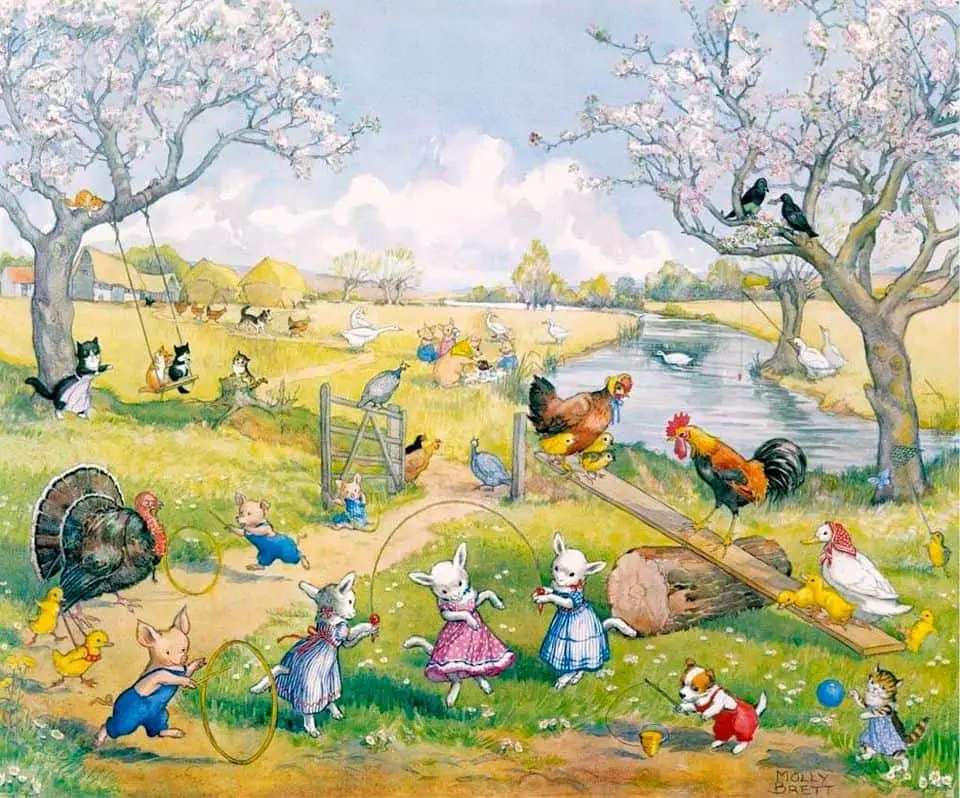
So the story begins. Mansfield often opened a story with a word, clause or sentence which grounds the reader in time/space. Likewise, “Pictures” opens with ‘Eight o’clock in the morning’. “Daughters of the Late Colonel” opens with ‘The week after was one of the busiest weeks of their lives’. “The Lady’s Maid” opens with ‘Eleven o’clock, a knock at the door’.
Why is spring significant here? Spring means new beginnings, outdoor pursuits, a return to youth (or enjoyment of actual youth). All of these associations can of course be ironically inverted. If spring means youth, autumn means old age. The old people in this story are described as ‘old babies’. In spring, everyone can return to the playfulness of youth.
Grown-up people are often compared with children and children with grown-ups. This reveals contrasting joyful or painful emotions. Sad tones often dominate the scene, sometimes conveying a feeling of claustrophobia, when characters feel as if they are in prison or hospital, or like actors performing on a stare. People appear like actors, wearing masks.
Julia van Gunsteren, Katherine Mansfield and Literary Impressionism
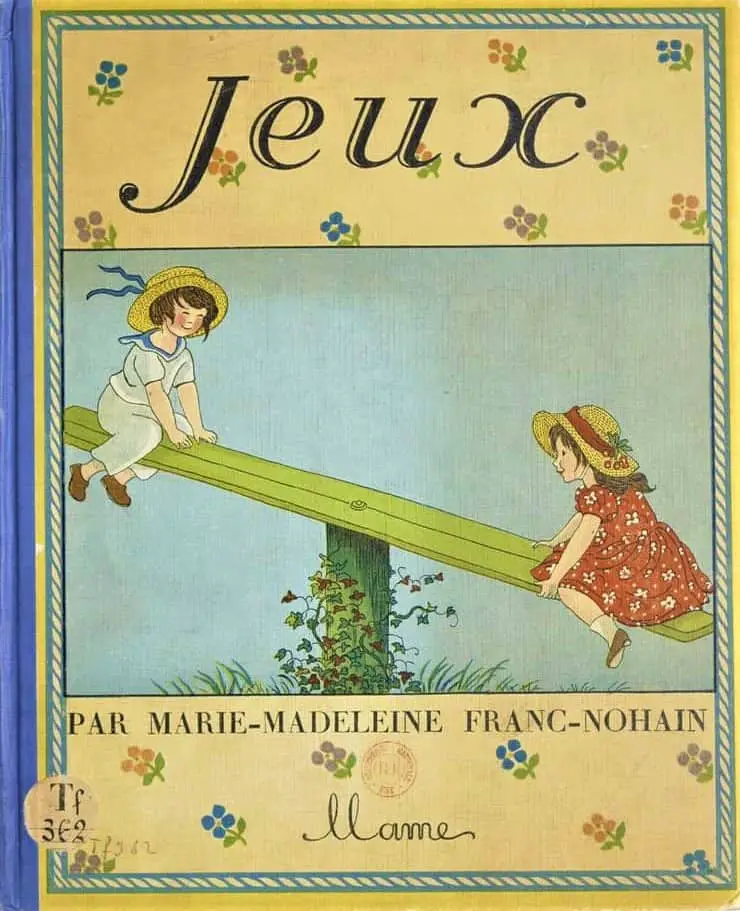
STORY STRUCTURE OF “SEE SAW”
There is no literal see saw in this story. Mansfield’s titles often changed and didn’t necessarily point to the most important image or character but in this case, the title encourages the reader to wonder about its structural significance. Perhaps Mansfield chose this title hoping to show us that this story structure mimics the basic mechanism of a see saw, reciprocating motion:
- The children play house while the old people talk about real life concerns
- They alternate roles (wife and mother / husband and son)
- And alternate between joy and anger
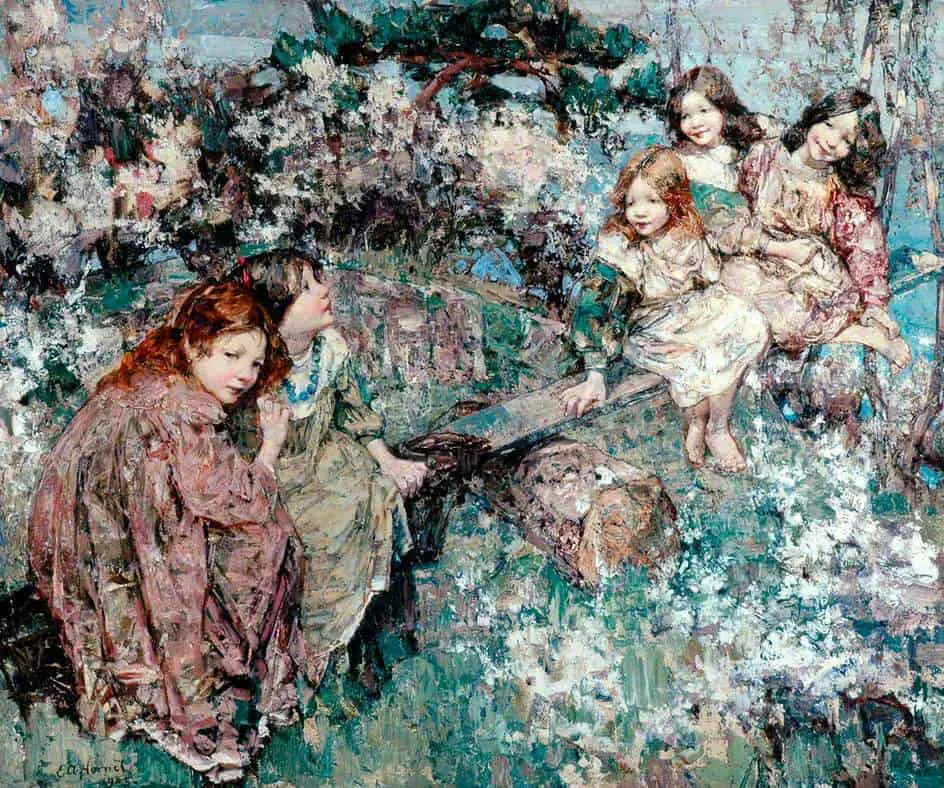
A story shaped like a see saw will be a story about juxtaposition, reciprocality and perhaps a change in emotional valence. What is Mansfield juxtaposing here? As mentioned above, she juxtaposes age against youth. But she’s also levelling them out. See saws don’t work if the person at one end is weightier. Despite a constant difference in altitude, the see saw carries to equals. Youth = age.
After Mansfield gives us a wide-angle view of the park in spring, the ‘teeter’ movement of the metaphorical see-saw begins.
- Narration zooms in on two children.
- Beneath a tree, two little children, perhaps five or six, have set up a make-believe house. They make a make-believe pie. For that they need to create a make-believe fire, and they need sticks. Make-believe sticks will suffice.
The ‘totter’ takes over:
- The scene shifts to the top of the hollow by the tree.
- Two ‘fat old babies’, probably in their late seventies, plump themselves down on a bench.
- They talk about a mutual acquaintance who has cut her finger, ‘not badly’.
- A bird flies over with a ‘great jet of song’.
- The elderly man stands and waves his hat in the direction of the tree. He doesn’t want bird muck on him.
The see-saw moves again:
- The children’s make-believe fire is hot.
- They get into an argument over whether dogs have kittens.
The see-saw moves again:
- In a single sentence, the old couple get up and waddle away. (Babies also waddle, because of their napkins.)
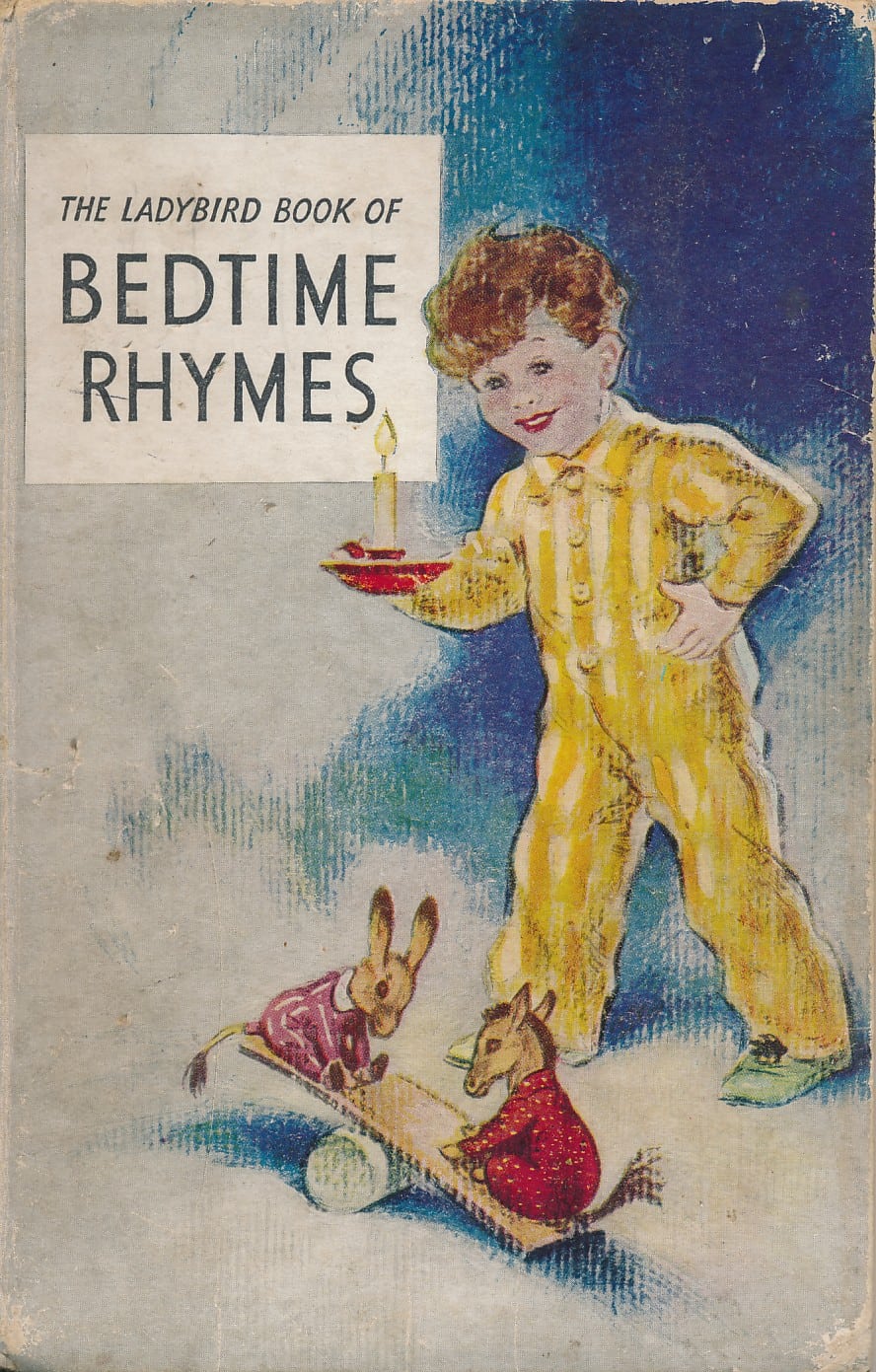
SHORTCOMING
Compare “See Saw” To “Prelude“, in which old people also look like babies. In “Prelude” Mansfield inverts various expectations, not only the appearance of age, but men are equally sensitive as women and women behave like men. Linda, a mother, hates being a mother. Beryl says “I’m always acting a part”.
The girl in “See Saw” might easily be a child version of Beryl.
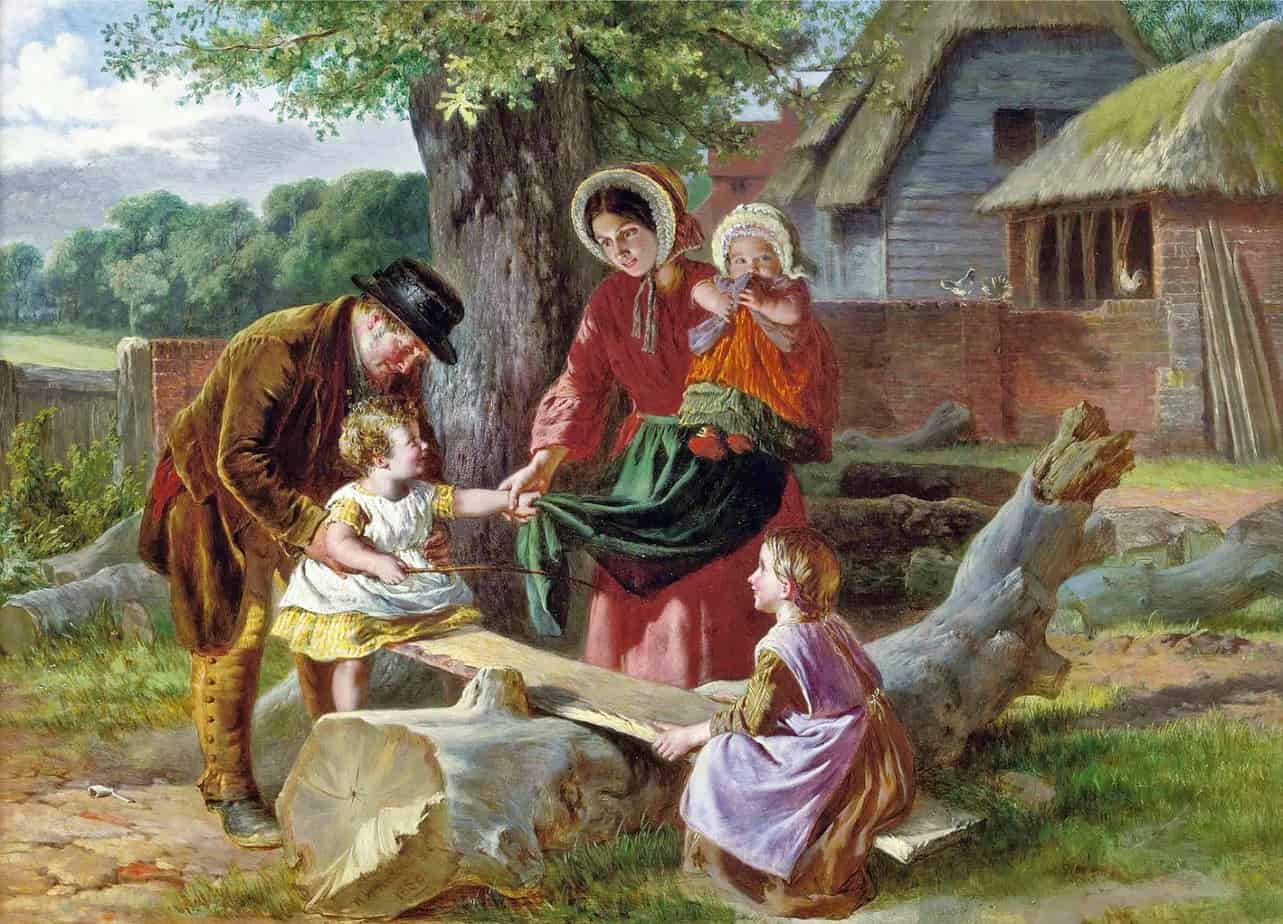
The elderly people get little joy from life; they are weary. Bird muck bothers the man. Make-believe food will not sustain them. Nevertheless, the old people occupy their spot on the other end of the see-saw that is life.
CHILDREN PLAYING MAKE-BELIEVE
The children aren’t worried about ageing. Yet they have clearly absorbed the language of the adults around them. The girl expresses mild but constant irritation at the boy, for failing to do his jobs properly, for failing to understand he’s playing a make-believe role. Mansfield’s scenes in which children play together often function like this. The children’s make-believe games in “Prelude” map clearly onto the social worlds of the adults. Like the Burnell children, these two are factually unsophisticated but not textually unsophisticated.
Unlike the Burnell children, these are working class kids, with the girl’s non-standard English to show that. She therefore mimics the workaday tasks of a busy, working class woman rather than worrying about how make-believe visitors are to be addressed (see “Prelude”). She asks the boy, “Is that a whole pennorth?” meaning “Is that a whole penny’s worth of sticks?”
DESIRE
The children want to play at making house — especially the girl, who is driving the game. The boy is sort of doing as he’s told.
The elderly people want to enjoy the mild weather of spring after a long winter shut indoors. But are they really enjoying themselves?
OPPONENT
The boy isn’t fully onboard with the girl’s make-believe world. He doesn’t have quite the same ability to retreat into his imagination. He quite literally thinks he needs to find sticks, until the girl points out that even the sticks could be make-believe.
The old people sit companionably but not exactly contentedly.
SETTING AS OPPOSITION
Mansfield’s opening suggested it’s spring and everyone should be enjoying the beautiful weather. Yet the two groups of characters are at odds with each other. The children are somewhat irritated that they can’t even get an imaginary game to take off. They look at each other ‘in consternation’ when the fire won’t light using nails. Technically, the kids could make the game do anything they want. But their imagination is hampered. The girl is mimicking the consternation of an adult woman, too busy for frivolities. In this way, Mansfield equates youth with old age.
So despite the beautiful utopian park, where the weather is always springlike, this story is therefore an inversion of spring symbolism. The setting isn’t helping them to enjoy themselves at all. In some ways the setting is an opponent.
Characters are in danger of getting sprayed in bird muck, unable to enjoy the bird’s beautiful song.
The hollow used by the children seems fun as a mimicry of home, but these hollows are also described as ‘caves — caverns’ (note Mansfield’s emphasis via repetition). Caves can be scary places.
PLAN
The girl sees her original game isn’t working so she changes the dynamics, showing a quite sophisticated ability to read the situation and adjust accordingly.
BIG STRUGGLE
Each of the two couples has their own minor argument. The children have the argument about whether dogs can have kittens (comical from the reader’s point of view). The elderly couple don’t argue as such, but the shared target of their reprobation is the woman who carelessly (to them) cut her finger at dinner with a knife.
ANAGNORISIS
The tragedy for these characters is that there is no anagnorisis.
NEW SITUATION
We extrapolate that if this beautiful spring day in this beautiful park can’t bring out the cheer in people then people are naturally grumpy.
Header painting: See Saw by Frederick Morgan
